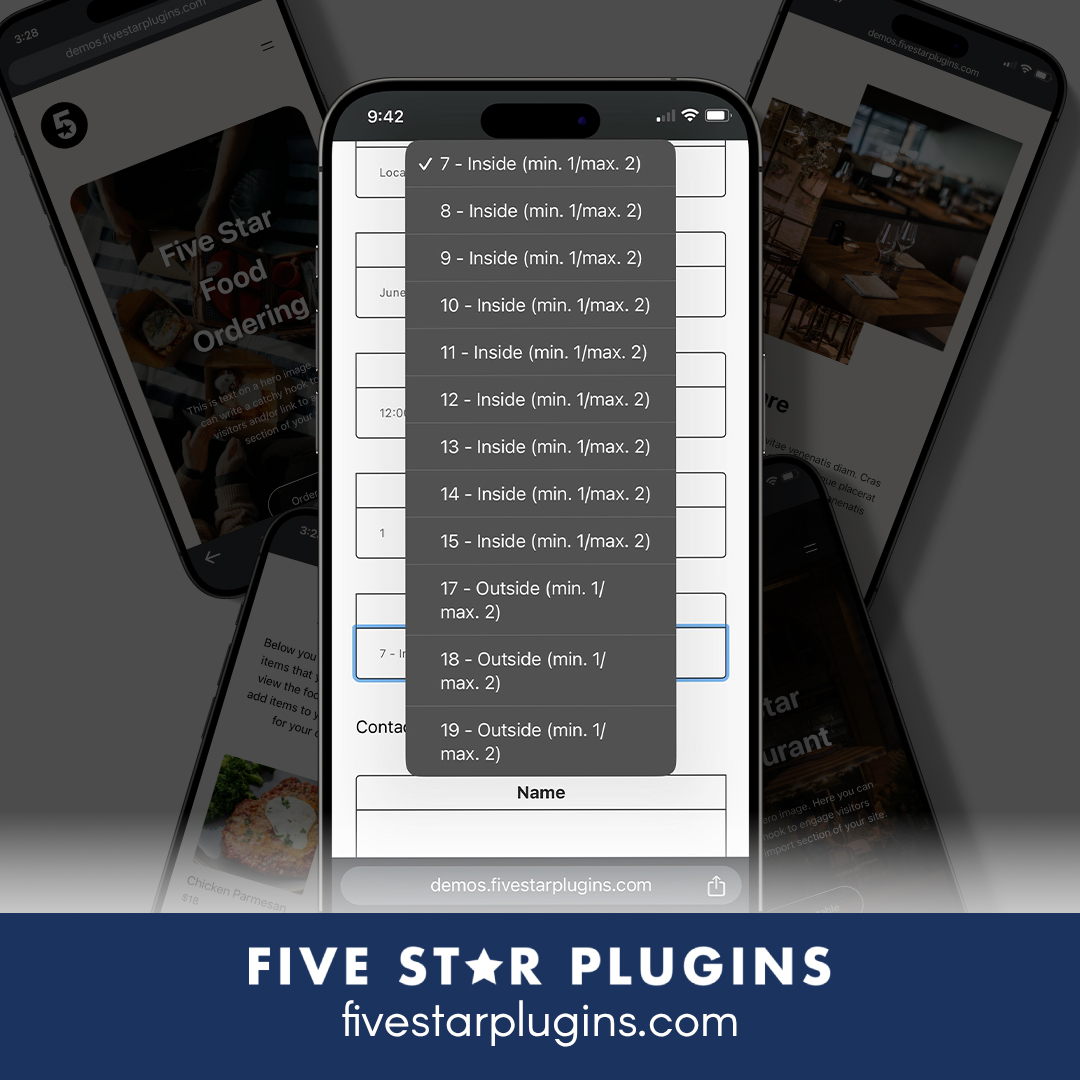Basic capacity management addons for Restaurant Reservations
More than once, I’ve been asked by users of my Restaurant Reservations plugin how they can support capacity management. Recently I went ahead and wrote two small micro-addons to do some basic capacity management. Are they right for you? Read on to find out.
The reservations plugins is deliberately designed to be as simple as possible, so I haven’t added any capacity management features and don’t plan to. Managing your restaurant’s capacity can quickly become pretty complicated: how do you determine two bookings that overlap in time? How do you determine capacity when you have several small groups taking up large tables or one large group taking up several small tables?
It can take a good deal of manual work to manage your capacity in those situations, and these addons probably won’t work for you. But some restaurants can make-do with simpler capacity management, either because they only have a single seating per day or because they have a limited number of tables.
If that sounds like you, these two basic capacity management addons might work for you.
Max Capacity for Restaurant Reservations will look at the party size of all bookings on a day and determine if the limit in the number of persons has been reached. If so, it will block bookings.
Max Bookings for Restaurant Reservations does the same thing, except that instead of counting the party size it just looks at the number of bookings you have on that day. If the limit has been reached, it won’t allow any more bookings on that day.
To download them, follow the link above and click on the “Download Gist” button. Open the .php file in a text editor and find the max_capacity or max_bookings variable. Set that to whatever you’d like the max to be, save the file and upload it to your /wp-content/plugins/ directory. Then activate it from your WordPress admin panel.
For now, you need to jump through these extra hoops to get them working. In the future, I’ll try to touch them up and release them for free on the WordPress.org repository, so that they are easier to install and setup.



